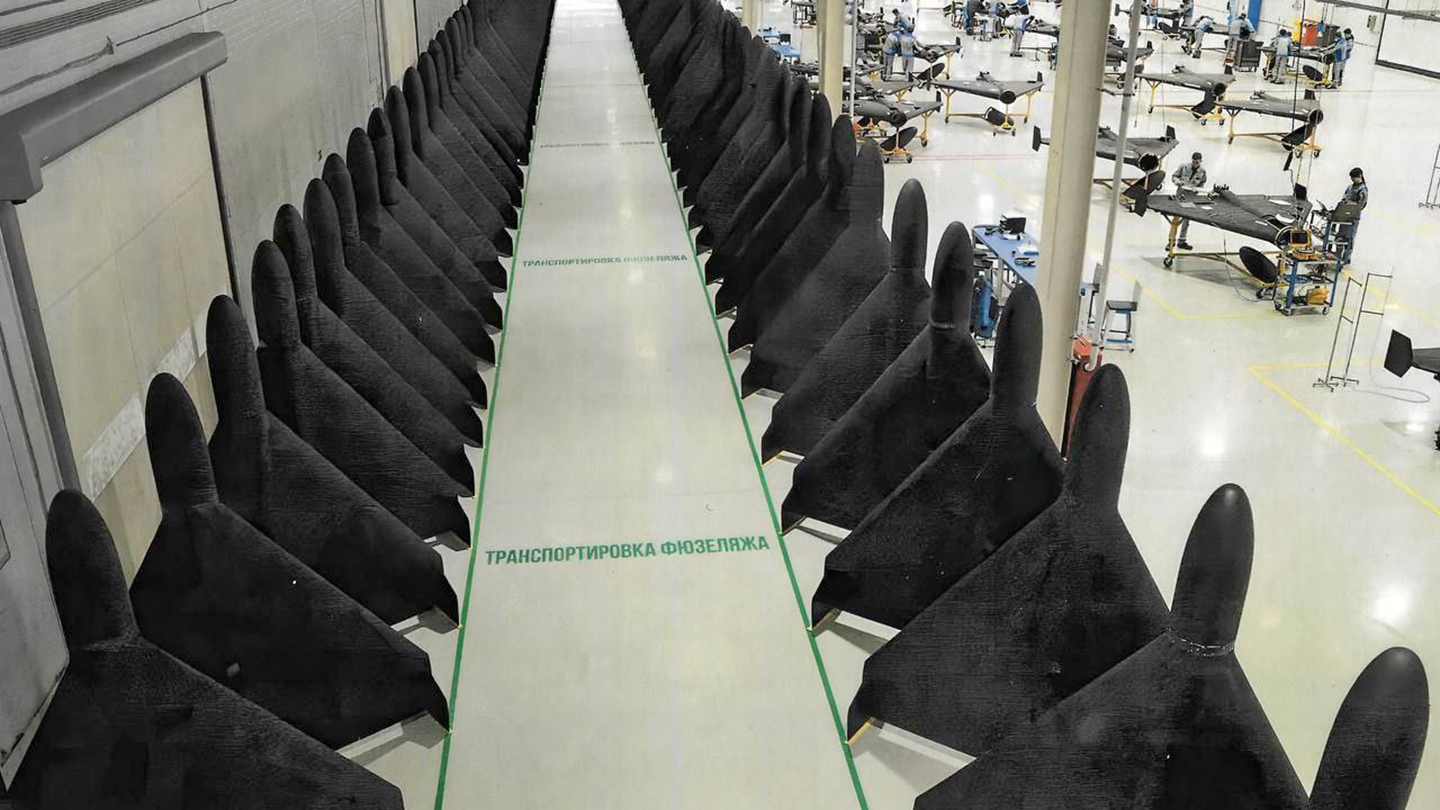For the first time, we have gotten the chance to see inside the Russian factory where license production of the Iranian Shahed-series one-way attack drone is taking place. A video showing the assembly line at the plant reveals many dozens of Shahed drones — named Geran (geranium) in Russia — taking shape, spelling bad news for Ukraine, which has come under sustained attack from these weapons since October 2022.
The video, just 17 seconds long, began to be shared today on Russian and Ukrainian channels on the Telegram messaging app. The factory is understood to be the one established in Yelabuga, in Russia’s southeastern Tatarstan region.
Russian-made versions of the Iranian Shahed-136 can be identified in the video, carrying the name Geran in Cyrillic text on their wings. These drones feature vertical stabilizers that extend above and below the wingtips and are overall larger than the otherwise similar Shahed-131 (in which the stabilizers don’t extend below the wingtips). Both types, from Iranian production lines, have been used by Russia in its war in Ukraine, but Moscow’s production effort appears, for now, to be focused on the larger Shahed-136, which has a range of more than 1,000 miles.
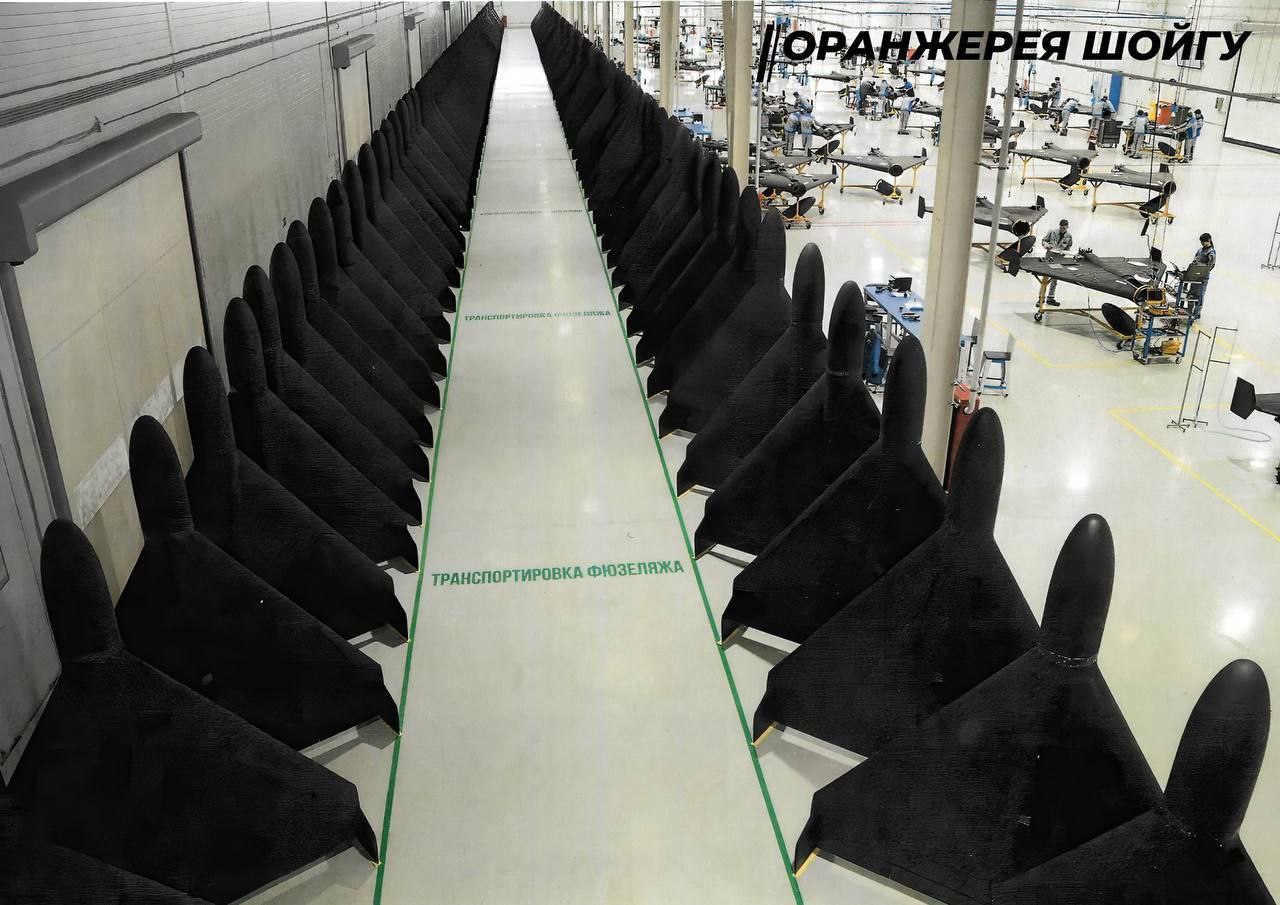
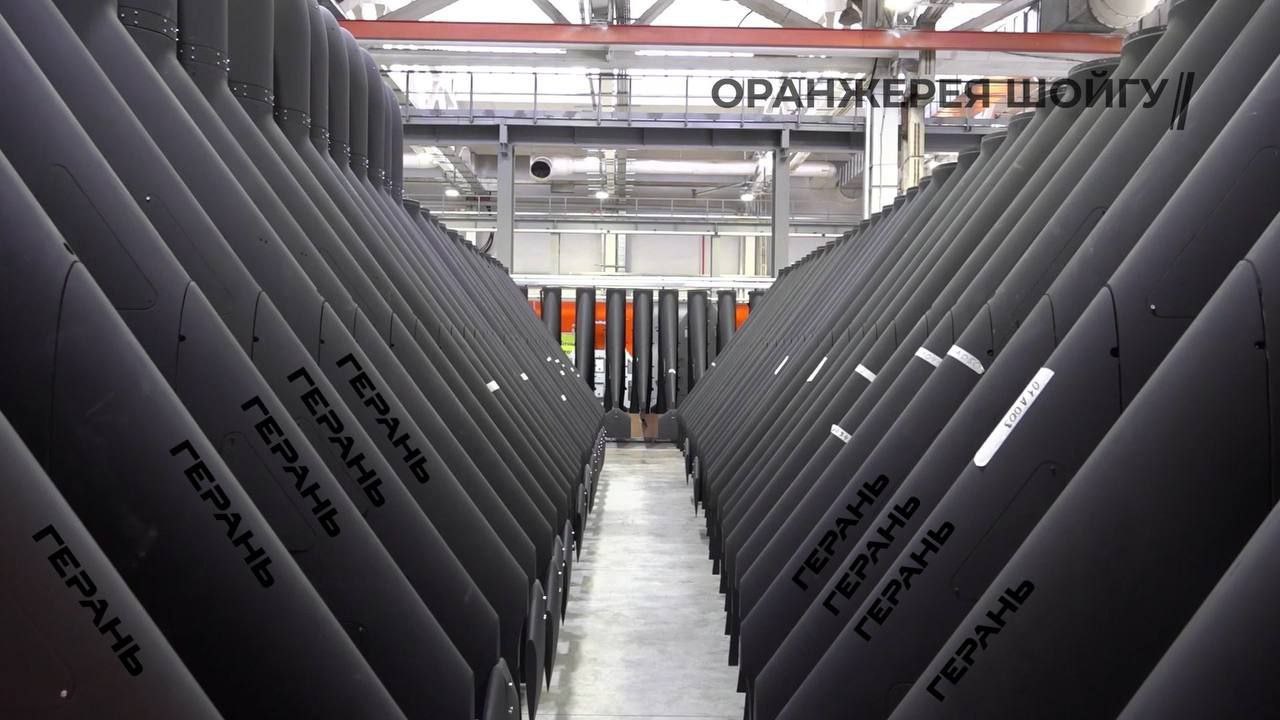
The drones seen in the video and related photos are apparently all still in assembly, without their propulsion units or avionics (and presumably also minus warheads), but the overall numbers involved are impressive — and worrying for Ukraine.

Two different colors of drone airframes are seen, some in light gray and others in a dark gray-charcoal tone. Also seen on Iranian-produced Shaheds, the black scheme is understood to be optimized for night operations, reducing the visual conspicuity.
However, there have also been previous indications that Russian ‘night Shaheds’ might employ some type of radar-defeating materials or coatings, even if fairly basic, to also help in evading radar. Another improvement that has occurred under Russian production is a different composite structure which likely aids in mass production and could also help decrease the aircraft’s signature, as well.
Previous reports indicated that Russia had established the Tatarstan drone assembly plant by April 2023, but that the manufacturing effort initially used exclusively Iranian components. According to the Washington-based Institute for Science and International Security, by August of the same year, the Russian plant had “reassembled drones provided by Iran but … itself manufactured only drone bodies, and probably for not more than 300 of the UAVs.”
More recently, it’s been reported by sources in Ukraine that the factory will make the full transition to Russian components sometime next year.
As we have reported in the past and mentioned earlier in regards to the newer Shahed airframes, since their debut in Russia’s war in Ukraine in October 2022, there have been notable improvements introduced, most of which appear to have been driven by, or at least connected by the setting up of a domestic production line in Russia.
Evidence began to emerge in September 2023 of Russia using Shahed-series drones featuring warheads packed with tungsten balls, instead of the original blast-fragmentation warheads. This should produce a more destructive fragmented shrapnel effect.
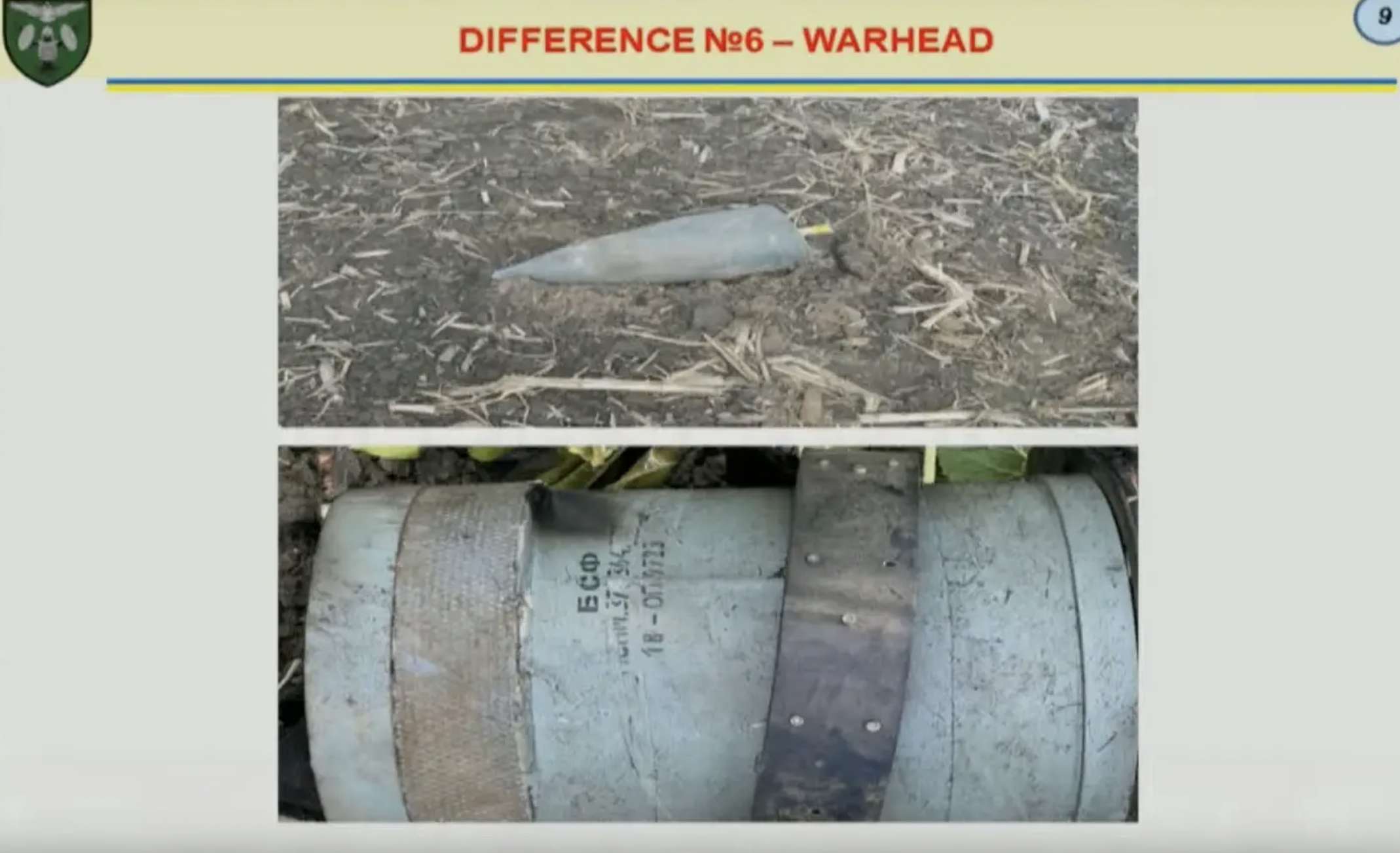
Ukrainian officials claimed that the new warheads were a Russian addition, suggesting that these had been introduced to drones that were locally assembled, otherwise using mainly Iranian components.
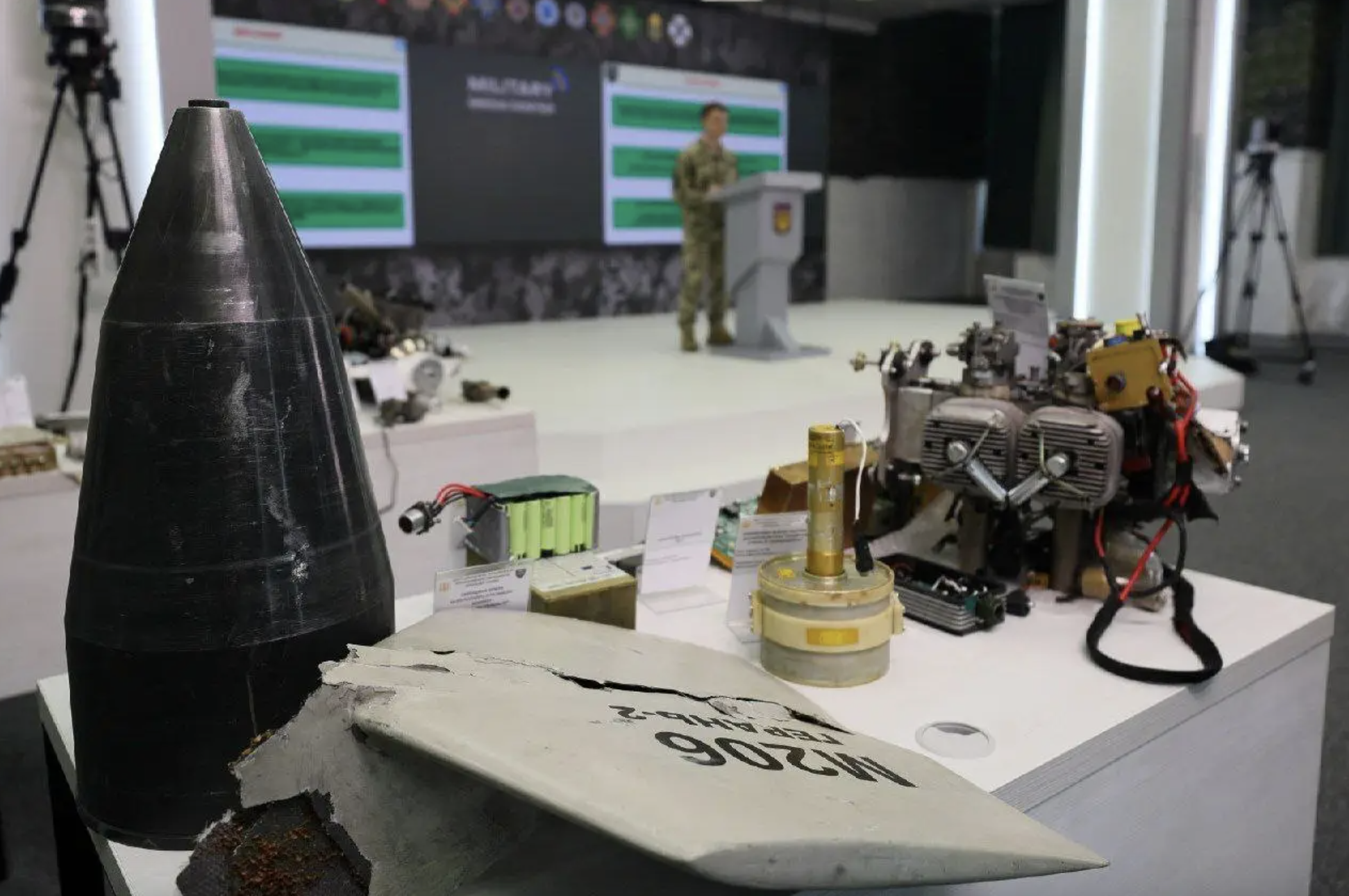
In November 2023, we reported on how some downed Shahed-136s were found to contain a 4G modem with a Ukrainian-made SIM card. Among the possible implications of this development is that Russia can use cellular connectivity throughout the drone’s flight, allowing it to send intermittent updates back to its launch unit, detailing its position and status. This would provide near-real-time intelligence, indicating which routes were proven to be safe for follow-up attacks, and perhaps even indicating whether follow-up attacks were even necessary.
Making any changes to the drone’s route in real-time would be more complicated, as we explored in the past, but the same equipment could also be combined with a basic onboard electronic surveillance system, to gather information on the signatures of air defense systems it detects and their locations. On the other hand, adding cellular communications to a drone like the Shahed risks giving away its presence and even its general position.
While Ukrainian analysis at the time concluded that the modem/SIM card modifications were “Russian Federation experiments and not a serial product,” it’s possible that these experiments have subsequently informed changes to Russian-produced Shahed drones, or will do in the future.
Earlier this year, there were suggestions that Russia might have begun using Iranian-made jet-powered Shahed-238 drones to strike targets in Ukraine. The Shahed-238 is derived from the Shahed-136 but offers several significant advantages, which we have previously explored in detail. Most notably, it offers much-increased speed over its propeller-driven predecessors and other additional capabilities that make it more of a challenge for Ukrainian air defenses.
While it’s unclear whether the wreckage recovered was really a Shahed-238 or a variant or derivative thereof, it would seem likely that eventual local production of a jet-powered Shahed/Geran drone is something that Russia will at least have considered.

While there seem to have been delays in getting the Russian Shahed production line up and running, even if late, it presents Ukraine with a considerable headache.
In terms of technical aspects, it’s anticipated that Russia will at least make further efforts to improve on Iran’s dated manufacturing techniques, and there are reports that it’s also exploring ways to introduce swarming capabilities and some level of ‘intelligent’ autonomy for the drones, although it’s not clear how close those efforts are to achieving any meaningful capabilities. Right now Russia needs quantity over anything else.
In August last year, The Washington Post reported on Russian plans to build Shahed drones including the goal to “domestically build 6,000 drones by summer 2025.”
Ultimately, the report contended, “the sprawling new drone factory could help Russia preserve its dwindling supply of precision munitions, thwart Ukraine’s effort to retake occupied territory, and dramatically advance Moscow’s position in the drone arms race that is remaking modern warfare.”
One of the reasons for the delay in these efforts is very likely the reliance of Russia’s high-technology manufacturing industries on foreign-produced electronic components. Nevertheless, it’s clear that Russia has made steady progress toward its goal of manufacturing a variant of the Shahed.
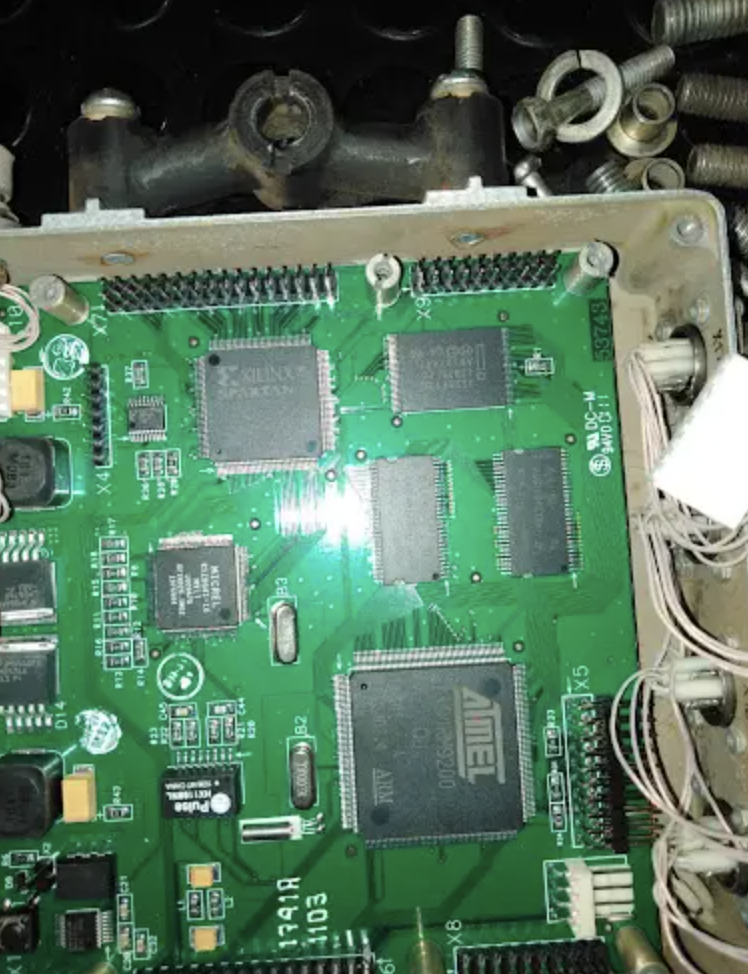
As to the costs involved in the Russian license production effort, this involves complex calculations and is the subject of an article of its own. Suffice it to say, it seems that the unit cost of a Russian-made Shahed will begin at around $50,000, with the potential for the price to be substantially further reduced over time. Still, the starting figure compares well with the much higher costs involved in acquiring cruise or ballistic missiles that might otherwise be used to strike Ukrainian targets.
Even before the prospect of greater numbers of Shahed-type drones rolling off the Russian production line, Moscow’s use of the Iranian-designed drones has brought widespread destruction across much of Ukraine. In the process, the drones have taken a steady toll on the civilian population, as well as hitting critical power infrastructure for two winters in a row. The drones have also notably been used to disrupt Kyiv’s efforts to export grain, including attacks on Ukrainian ports on the Danube River.
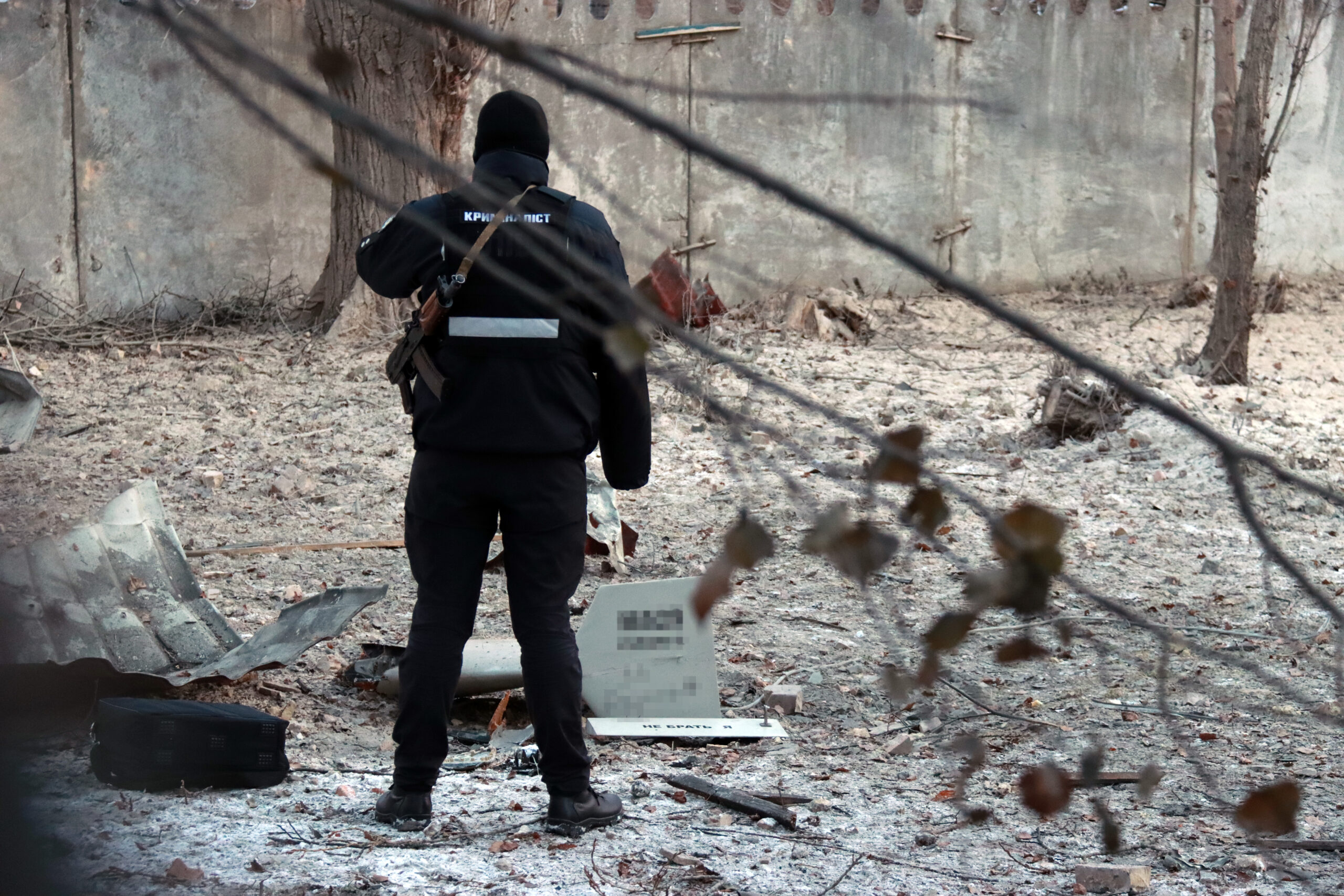
When plans for Russia setting up local Shahed production were becoming known, David Albright, a former U.N. weapons inspector, was among those highlighting the troubling implications for Ukraine:
“Russia has a credible way of building over the next year or so a capability to go from periodically launching tens of imported Shahed-136 kamikaze drones against Ukrainian targets to more regularly attacking with hundreds of them,” he told The Washington Post.
Already, the baseline Shahed drones have been a major headache for Ukrainian air defenses, proving tricky targets for ground-based systems and fighter aircraft alike.
Dealing with potentially much larger numbers of Shahed-class one-way attack drones will require creative thinking from Ukraine, and its air defense operators, who are already hard-pressed to address the threat posed by these drones — not to mention the threat from Russian aircraft, cruise and ballistic missiles, and other types of drones. The potential of massed drone attacks to burn through precious stocks of air defense missiles is something that has concerned Ukrainian officials from early on in the conflict.
Among the measures that Ukraine has already introduced to deal with the Shahed threat are drone-hunting teams equipped with searchlights and often fairly basic anti-aircraft guns. Teams of this kind are specially trained and equipped to cope with small and low-flying aerial threats, which may well appear in significant numbers.
Examples of more advanced solutions include the U.S.-supplied VAMPIRE counter-drone system, which uses laser-guided 70mm rockets, originally designed for air-to-surface use, as surface-to-air weapons. Only last month, the Ukrainian Navy released a video showing a VAMPIRE system in use against Shahed drones somewhere in the southwestern Odesa region. While accurate, this system notably only provides coverage over a very localized area and is anyway a relatively low-density capability for the country, with only 14 systems known to be delivered.
Very likely, Ukraine will, in the future, require more of all these kinds of defenses.
At the same time, the drone factory in Tatarstan, although located 500 miles east of Moscow, is bound to be firmly in the sights of Ukraine, with an attack on the facility threatening the future supply of Russian-made Shaheds. Ukraine is steadily increasing the range at which it can strike targets within Russian borders, including using sabotage teams as well as long-range drones and missiles.
After all, once the Russian Shahed production effort is properly established and scaled-up, Ukraine will not only face the prospect of drone attacks on a larger scale but potentially also the threat of significantly more capable versions of these menacing weapons.
Contact the author: thomas@thewarzone.com
